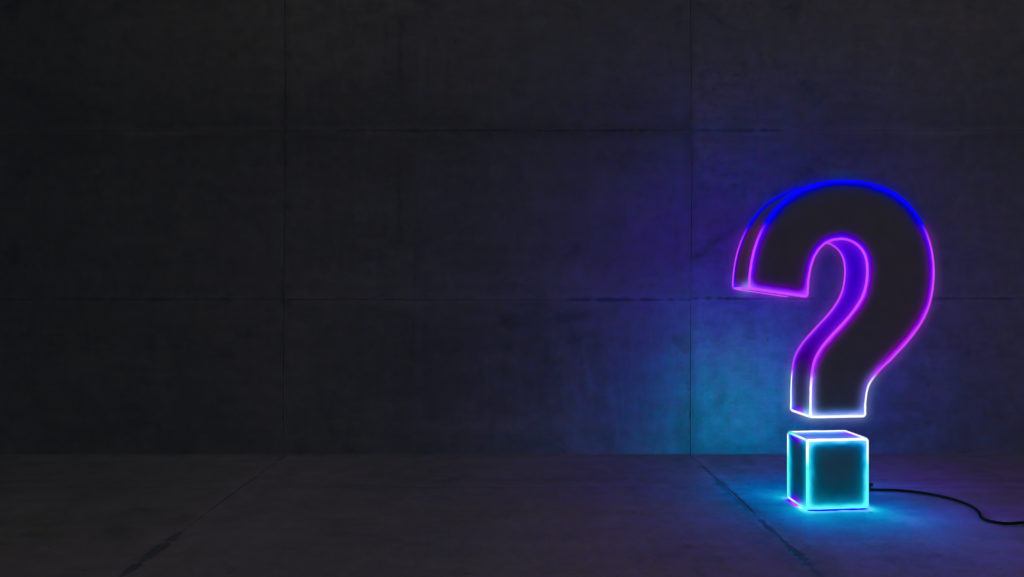
A transformative or mystical experience factors significantly into the investigation of psilocybin, 5-MeO-DMT, and ayahuasca, among other psychedelic drugs.1-3 The mystical experience constitutes the subjective feeling of unity or interconnectedness within the individual and to other organisms, species, etc.4 Popular methods of quantifying this construct depend on earlier categorizations by Walter Stace, a British philosopher.
Dr. Stace recorded nine aspects of the mystical experience that spanned religions and cultures:4
- Internal unity
- External unity
- Nontemporal and nonspatial quality
- Inner subjectivity
- Objectivity and reality
- Sacredness
- Deeply felt peace and joy
- Paradoxicality
- Ineffability
Aside from hallucinogens, mystical experiences can be occasioned by religious awakenings, meditation, starvation, and other unknown catalysts. In the context of psychedelics, occasioning a mystical experience often relies on the set, setting, intention, and dosage.5,6
Correlations to Beneficial Outcomes
Correlations between mystical experiences and positive outcomes of psychedelic treatment underscore the importance of studying this construct. In studies using psilocybin-assisted therapy, for example, patients exhibited decreased anxiety and depression, as well as increased quality of life, sense of meaning, optimism, and spiritual well-being, all significantly related to the strength of their mystical experience.7–9 Similarly, the intensity of the mystical experience after 5-MeO-DMT treatment correlated with decreased depression and anxiety.2 Furthermore, promising results indicate the role of the mystical experience in combating addiction, as seen in cases of smoking cessation and decreased alcohol dependence.10,11
These outcomes extend past subjective experiences and mood disorders to the study of enduring changes in personality. For example, mystical experiences occasioned by ayahuasca were negatively correlated with post-experience neuroticism.3 Also, patients who had a mystical experience on psilocybin saw an increase in Openness one year post-treatment.12
Measuring the Mystical Experience
Scales developed to measure the mystical experience based on Stace’s framework include the Mysticism Scale and the Mystical Experience Questionnaire (MEQ). The widely used Mysticism Scale measures lifetime mystical experiences across different contexts and cultures.13 While this scale provides a sufficient measurement in many cases, it cannot quantify data from a single mystical experience. Also, it is not designed to address experiences occasioned specifically by hallucinogens.
Walter Pahnke’s MEQ, however, was designed for that purpose.14 While the two measures were based on the same core themes, they differ in item wording and structure, modality and reference, and participant population.15 Although the Mysticism Scale is certainly an option for the broader study of mystical experiences, there is evidence that the MEQ may be more useful in predicting outcomes in the domain of psychedelics.12
MEQ Development and Use
After its development, the MEQ was first used in the Good Friday Experiment.14 Designed as a self-report measure on a zero to 5 scale, the total score and the score for each category had to meet or exceed 60% to classify as a mystical experience. Mirroring Stace’s framework, the original item categories were as follows:
- Internal and External Unity
- Transcendence of Time and Space
- Positive Mood
- Sense of Sacredness
- Noetic Quality
- Paradoxicality
- Alleged Ineffability
- Transiency
The MEQ since been revised and expanded, although the basic elements have remained relatively consistent.16
A Revised, Reliable, Scale
In addition to revisions, researchers often integrate the core of the questionnaire with distractor items or use them in conjunction with other scales, such as the Mysticism Scale.15 More recent studies retain the zero to 5 scale rating the extent or significance of the experience (zero = none, to 5 = extreme [“more than ever before in my life and stronger than a 4”]).
Utilizing a measure across research studies requires evidence of validity to ensure that the results are indicative of the intended construct. MacLean and colleagues tested the MEQ for validity and reliability using exploratory factor analysis based on previous factor analysis of the Mysticism Scale as well as confirmatory factor analysis.15 They concluded with a revised, 4-factor, 30-item retention with 90% overlap in wording with the original MEQ.
The four revised factors are:
- Mysticism, which absorbed four of the original categories.
- Positive Mood – “Feelings of peace and tranquility.”
- Transcendence of Time and Space – “Sense of being ‘outside of’ time, beyond past and future.”
- Ineffability – “Sense that the experience cannot be described adequately in words.”
Within Mysticism, there is:
- Internal Unity – “Experience of oneness in relation to an ‘inner world’ within.”
- External Unity – “Awareness of the life or living presence in all things.”
- Noetic Quality – “Gain of insightful knowledge experienced at an intuitive level.”
- Sacredness – “Sense of being at a spiritual height.”
Summary
The MEQ allows researchers to understand the characteristically incomprehensible subjective experiences associated with psychedelics. It has uncovered correlations that provide grounds for its use and the continuous study of the mystical experience. Moving forward, the MEQ can be further tested for validity, reliability, and factor structure to reflect the most accurate measure of the intended construct.
While celebrating the insights provided by this research, it is important to maintain wariness about any conclusions within a relatively young scientific field. Some scientists contend that the complete or peak mystical experience is not necessarily imperative to benefit from psilocybin.17 The reliance on correlational research leaves room for interpreting the role that mystical experiences play within therapeutic responses.18
An alternate explanation suggests that the neural plasticity induced by activation of 5-HT2A receptors may mediate the anti-depressant, anxiolytic, and anti-addictive effects of psychedelics. An example would be the long-term therapeutic benefits of drugs that do not produce similarly intense effects as psilocybin, such as R–Ketamine and 3,4-methylenedioxymethamphetamine (MDMA). If this were the case, separating the psychoplastogenic effects from the mystical experience could result in cost-reduction of psychedelic therapy and inclusion of patients with a history of psychotic disorders.
Exploration of the link between this phenomenon and the therapeutic effects will continue to aid the development of a comprehensive understanding of psychedelics.

Like the topic. Now I understand why many people use drugs to obtain euphoria and a spiritual experience. It is a fast track to unearthly realms. They could study theology and practice religious rituals for 20-30 years and obtain the same effects.
I had mistical experience a year ago. Just discovered this assessment tool and I’m thrilled. I scored 139 now trying to find interpretation of this high results maybe you can point me in the right direction?